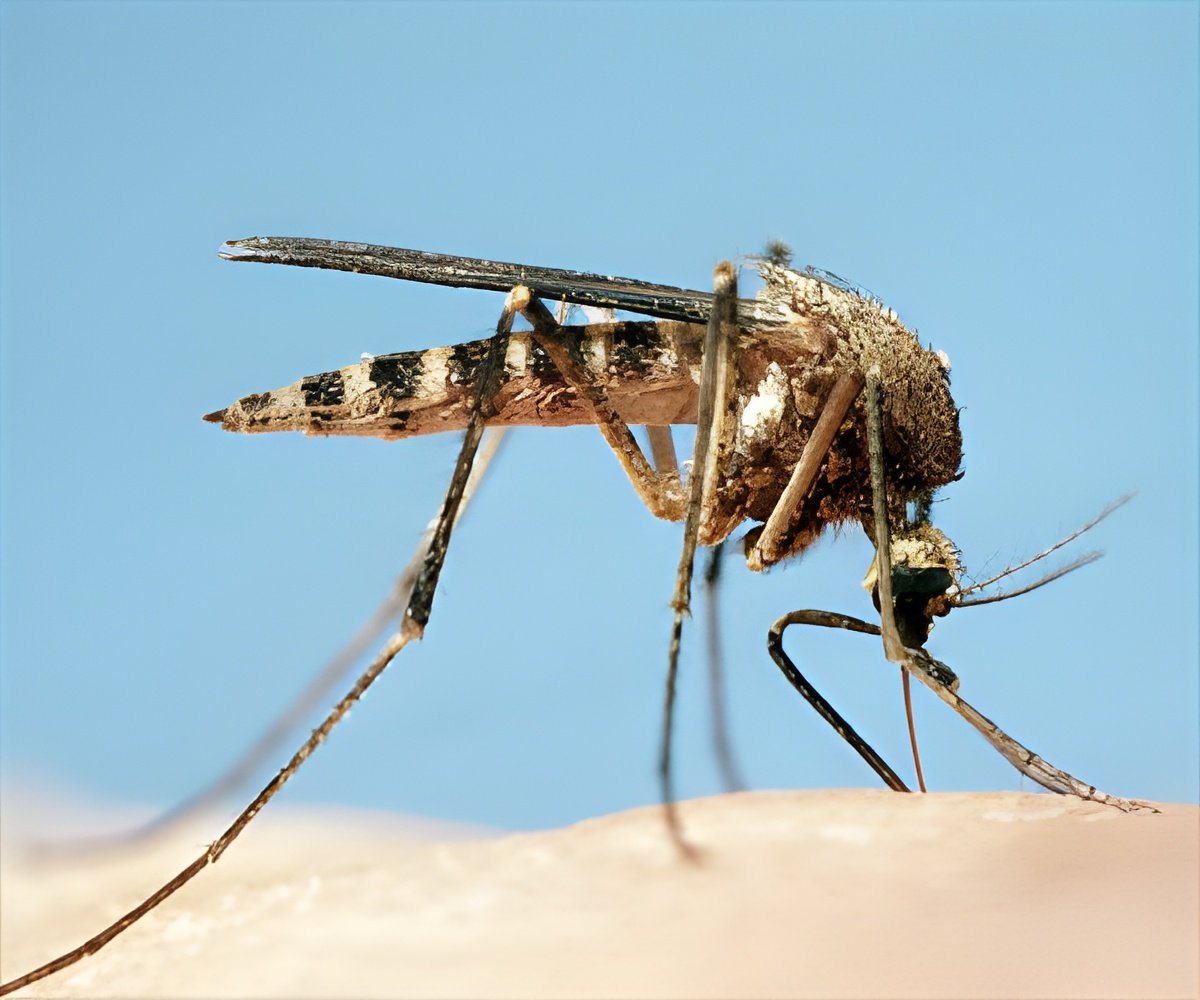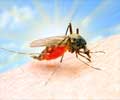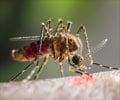West Nile virus epidemics often begin following unusually warm winters, are in similar geographical locations and are predicted by the mosquito vector index, according to an analysis.

Wendy M. Chung, M.D., S.M., of Dallas County Health and Human Services, Dallas, and colleagues conducted a study to examine the features associated with the West Nile virus epidemics and to identify surveillance and control measures for minimizing future outbreaks. The researchers analyzed surveillance data from Dallas County (population, 2.4 million), which included the numbers of residents diagnosed with West Nile virus infection between May 30, 2012 and December 3, 2012; mosquito trap results; weather data; and syndromic (pertaining to symptoms and syndromes) surveillance from area emergency departments.
From May 30 through December 3, 2012, patients (n = 1,162) with any West Nile virus-positive test result were reported to the health department; 615 met laboratory case criteria, and 398 cases of West Nile virus illness with 19 deaths were confirmed by clinical review in residents of Dallas County. The outbreak included 173 patients with West Nile neuroinvasive disease (WNND) and 225 with West Nile fever, and 17 West Nile virus-positive blood donors. Regarding patients with WNND, 96 percent were hospitalized; 35 percent required intensive care; 18 percent required assisted ventilation; and the case-fatality rate was 10 percent. The overall WNND incidence rate in Dallas County was 7.30 per 100,000 residents in 20l2, compared with 2.91 in 2006.
The first West Nile virus-positive mosquito pool of 2012 was detected in late May, earlier than in typical seasons. Symptoms of the first 19 cases of WNND in 2012 began in June, a month earlier than in most prior seasons; thereafter, the number of new cases escalated rapidly. Sequential increases in the weekly vector index early in the 2012 season significantly predicted the number of patients with onset of symptoms of WNND in the subsequent to 2 weeks.
The 2012 epidemic year was distinguished from the preceding 10 years by the mildest winter, as indicated by absence of hard winter freezes, the most degree-days above daily normal temperature during the winter and spring and other features. During the 11 years since West Nile virus was first identified in Dallas, the researchers found that the annual prevalence of WNND was inversely associated with the number of days with low temperatures below 28°F in December through February.
"Although initially widely distributed, WNND cases soon clustered in neighborhoods with high housing density in the north central area of the county, reflecting higher vector indices and following geospatial patterns of West Nile virus in prior years," the authors write.
Advertisement
"This report identifies several distinguishing features of a large urban West Nile virus outbreak that may assist future prevention and control efforts for vector-borne infections," the authors write. "Consideration of weather patterns and historical geographical hot spots and acting on the vector index may help prevent West Nile virus-associated illness."
(JAMA. 2013;310(3):297-307;)
Advertisement
There will also be a digital news release available for this study, including the JAMA Report video, embedded and downloadable video, audio files, text, documents, and related links. This content will be available at 3 p.m. CT Tuesday, July 16 at this link.
Editorial: West Nile Virus - Too Important to Forget
"Periodic flares of West Nile virus, as occurred in 2012, certainly will recur," writes Stephen M. Ostroff, M.D., formerly of the Centers for Disease Control and Prevention, Atlanta, and the Pennsylvania Department of Health, Harrisburg, in an accompanying editorial.
"Where future outbreaks of the virus will occur and how intense they will be is difficult to predict, especially in light of declining surveillance efforts and vector monitoring programs. Unusually warm winters, as occurred in Dallas during 2011-2012, are becoming more common and will favor additional West Nile virus events like the one described by Chung et al. Changing weather patterns raise the possibility of expanded zones of risk and longer transmission seasons. The tragic consequences of the Dallas West Nile virus epidemic must not be forgotten, for they serve as a cogent reminder of the need to sustain vector monitoring and prevention programs in all communities."
(JAMA. 2013;310(3):267-268;)
Editor's Note: The author has completed and submitted the ICMJE Form for Disclosure of Potential Conflicts of Interest and none were reported
Source-Newswise













